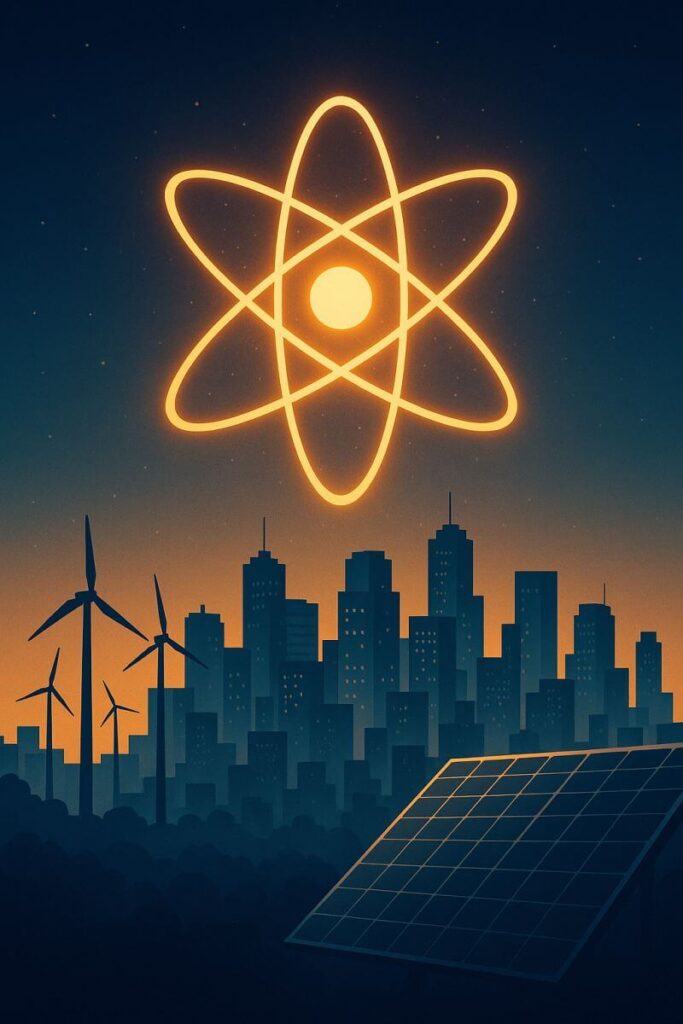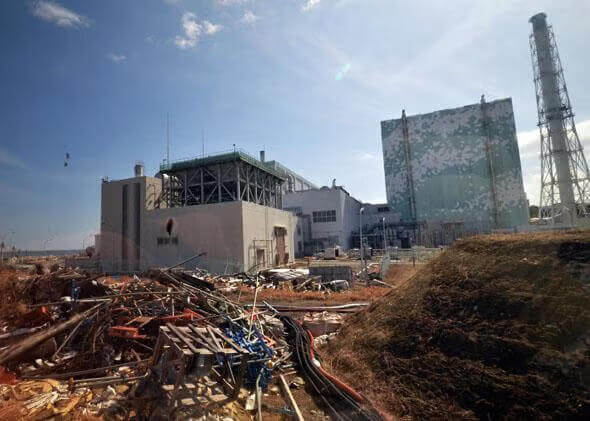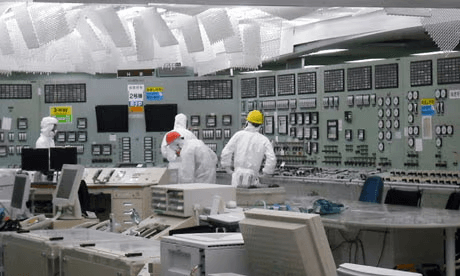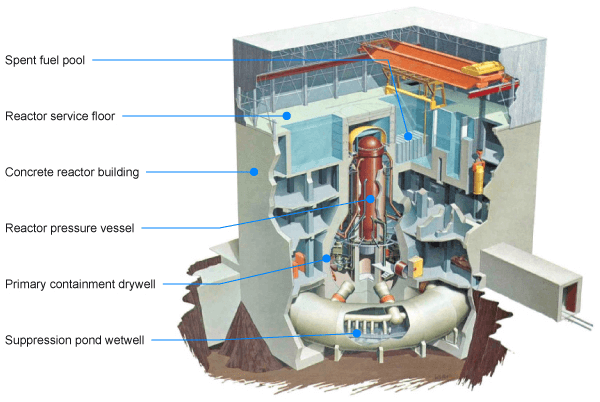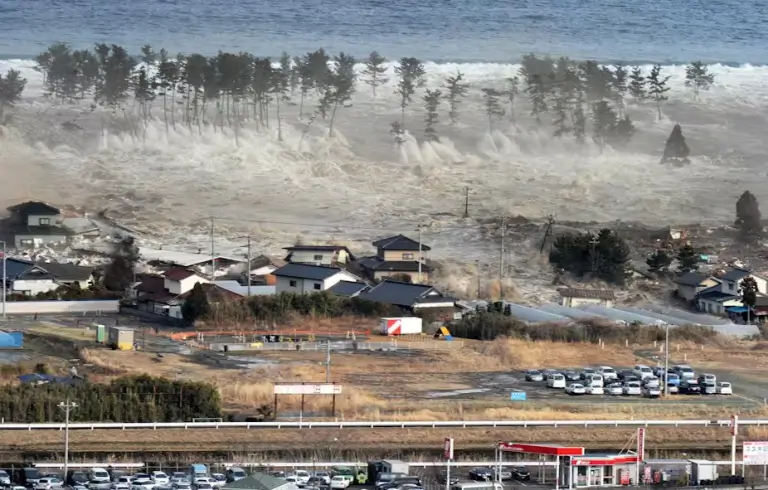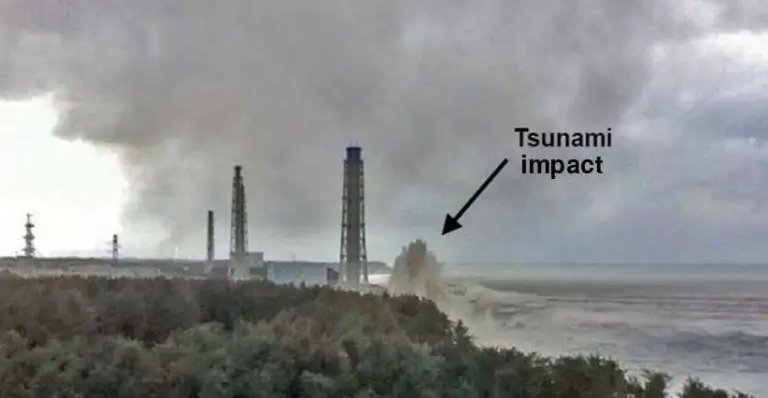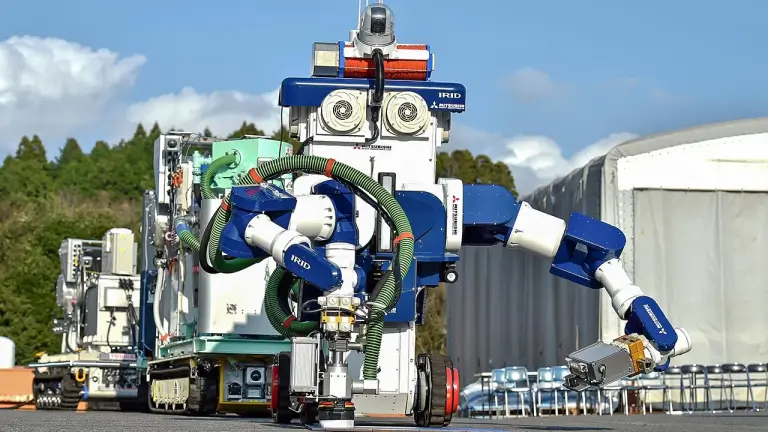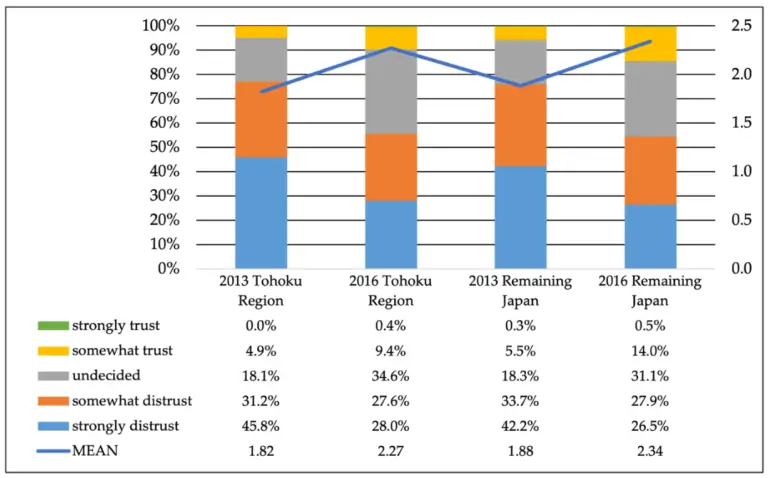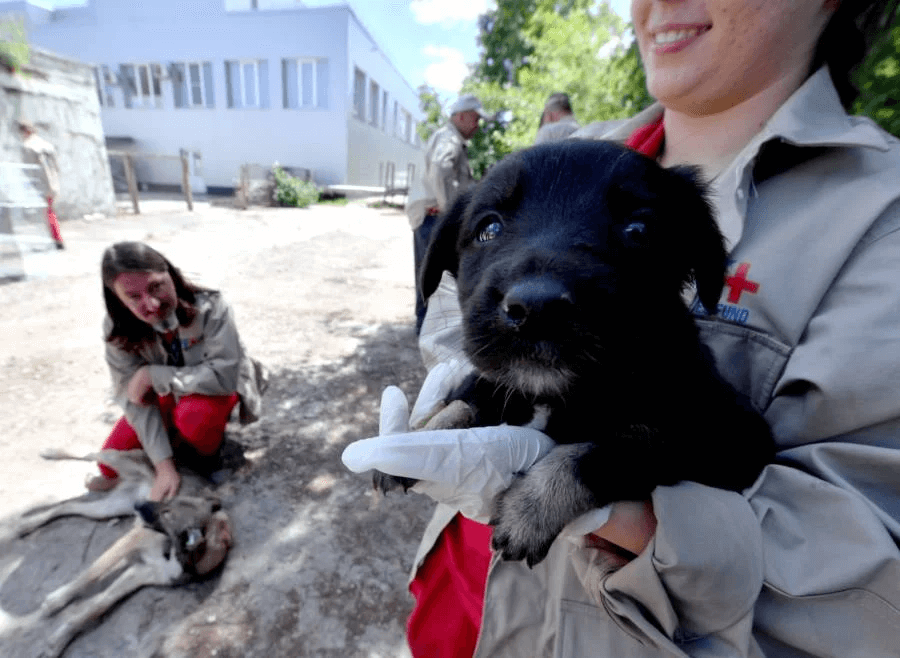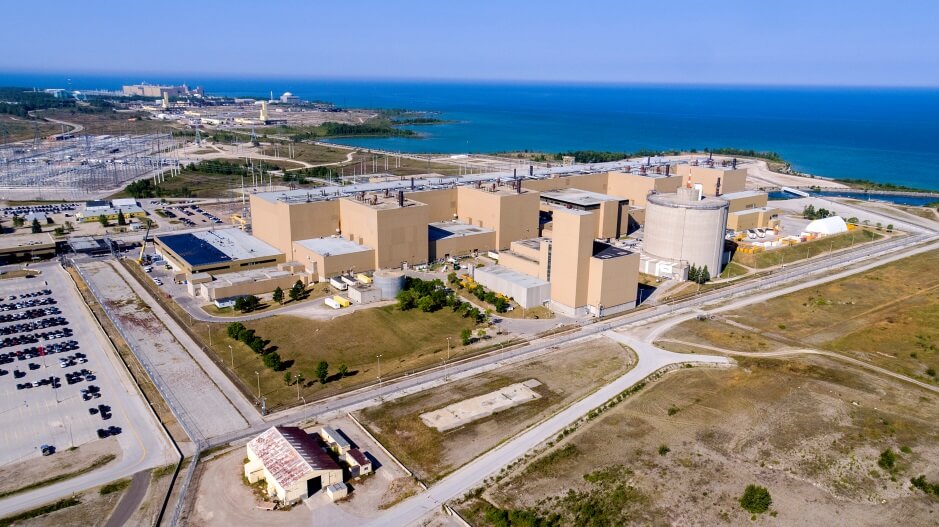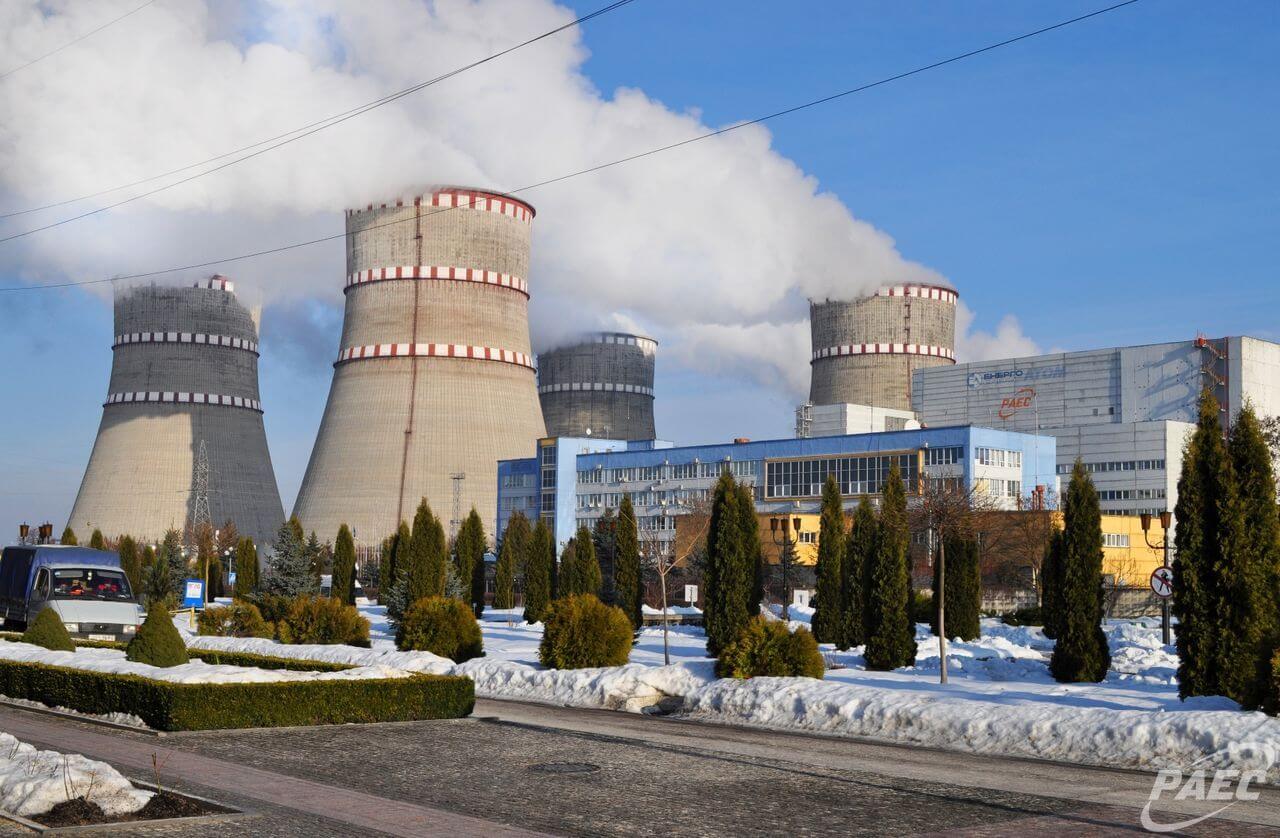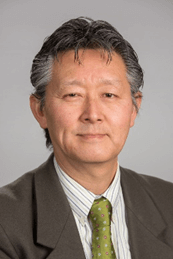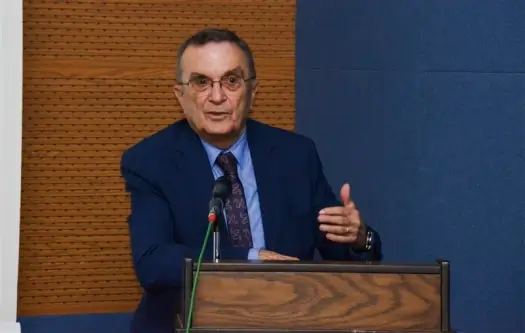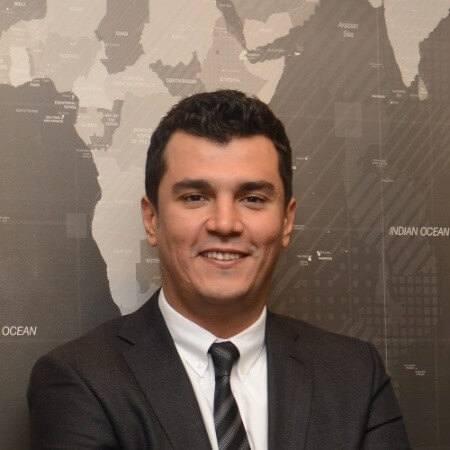Author Jeremiah Josey
As the global energy landscape is rapidly evolving, the limitations and challenges of wind and solar power have become increasingly evident. Meanwhile, nuclear energy—especially advanced technologies like Thorium-based reactors championed by TheThorium.Network—stands out as the only truly dependable, scalable, and sustainable clean energy source.
Wind and Solar Facing Increasing Headwinds
While wind and solar continue to expand in capacity, the reality on the ground exposes growing barriers to their sustained dominance.
- Offshore wind projects are repeatedly stymied by regulatory and operational roadblocks. The 704 MW Revolution Wind project off Rhode Island was halted by a US federal stop work order due to unresolved compliance issues, delaying critical renewable capacity. Similarly, Equinor’s ambitious 2 GW floating offshore wind initiative in Australia was abandoned because regulatory hurdles could not be overcome.
- Technological advances like recyclable turbine blades at the UK’s Sofia offshore wind farm represent progress but cannot mask the sector’s ongoing safety and logistical challenges. Research from Robert Gordon University highlights the high risks faced by offshore wind technicians, underscoring the human and operational costs of these installations.
- The solar industry also contends with market saturation and excess production, particularly in China, where regulators are urging the sector to reduce overcapacity and cut back on hyper-competition to stabilize fragile market conditions. In the US, solar accounts for a large portion of new capacity additions, but its intermittent nature and supply chain imbalances raise questions about long-term reliability.
- Microgrids, though growing rapidly due to their benefits in rural electrification and risk mitigation, remain niche solutions incapable of meeting the vast and growing global demand for continuous power.
Nuclear Power Advancing as the Backbone of Clean Energy
In stark contrast to the uncertainties facing renewables, nuclear power advances steadily as a reliable and practical solution for the clean energy transition:
- Sweden’s Vattenfall is pushing forward with plans for new nuclear power plants using small modular reactors (SMRs), partnering with leading technology providers like GE Vernova and Rolls-Royce SMR. This reflects rising confidence in scalable advanced nuclear technologies as irreplaceable components of future energy systems.
- Energy security is paramount, especially for developing nations. Iraq’s recent contract to deploy two powerships delivering dispatchable electricity exemplifies how nuclear technology can provide fast, flexible energy where it is needed most.
- The intrinsic benefits of nuclear power—high energy density, continuous 24/7 output, minimal land use, and operational stability—make it uniquely suited to underpin future grids resilient to climate variability and demand flux.
Why Thorium-Based Nuclear Power Is the Only Logical Path Forward
The challenges confronting wind and solar power highlight the necessity for energy sources that guarantee steady supply without dependency on weather or daylight. Thorium-based nuclear technology, as advocated by TheThorium.Network, offers unmatched advantages:
- Produces clean, abundant energy with vastly lower environmental impact compared to land-intensive renewables.
- Avoids intermittency issues, eliminating the need for costly energy storage and backup systems.
- Enhances grid stability and synergizes well with emerging grid architectures and community microgrids.
- Supports sustainable economic development, especially in emerging and rural economies, by providing dependable power access.
Facing Reality: The Myths of Renewables and the Promise of Nuclear
Despite some narratives of wind and solar outproducing traditional sources in certain periods, the broader picture shows unresolved technical, regulatory, and economic hurdles hampering renewables’ ability to fully replace fossil fuels reliably. Studies demonstrate nuclear power’s superior cost-effectiveness when system integration, capacity factors, and dispatchability are fully accounted for. Moreover, innovations in thorium molten salt reactors promise safer and more economical nuclear power, free from many drawbacks of conventional uranium reactors.
Conclusion
The future of sustainable, reliable, and scalable energy lies not in the uncertain promises of intermittently dependent wind and solar power, but in embracing nuclear innovation—particularly thorium-based nuclear technologies that TheThorium.Network pioneers. Nuclear power’s unparalleled reliability, efficiency, and environmental credentials make it the only rational cornerstone for a secure energy future worldwide.
Reference List
- BKPS, a Karpowership affiliate, signs contract to deliver dispatchable electricity via two powerships to Iraq, supporting energy security.
Source: Powerships to support energy security in Iraq - Construction of the 704 MW Revolution Wind offshore wind project off Rhode Island halted on August 22, 2025, after US Bureau of Ocean Energy Management issued a stop-work order; project was 80% complete with 45 of 65 turbines installed, aiming for completion in 2026.
Sources: Federal order halts 704 MW Revolution Wind offshore project; https://orsted.com/en/company-announcement-list/2025/08/revolution-wind-receives-offshore-stop-work-order–145387701 - Swedish energy company Vattenfall advances plans for new nuclear power plant on the Värö Peninsula, shortlisting GE Vernova and Rolls-Royce SMR as potential small modular reactor suppliers.
Source: Vattenfall advances plan for new nuclear power in Sweden - Equinor withdraws from 2 GW floating offshore wind project off New South Wales, Australia, due to unresolved regulatory challenges.
Source: Equinor pulls out of 2 GW floating offshore wind project - China’s industry ministry calls on solar industry to reduce overcapacity and mitigate extreme competition for market stability.
Source: China urges its solar industry to curb overcapacity - US utility-scale solar capacity grew by 12 GW in the first half of 2025, with an additional 21 GW planned for the second half; solar expected to make up 50% of new generation capacity additions this year.
Source: 50% of new US capacity to come from solar – EIA - Global microgrid capacity projected to reach 1.4 GW by 2034, driven by rural electrification and utility risk mitigation efforts.
Source: Microgrid capacity additions to reach 1.4 GW by 2034 - Researchers at Robert Gordon University publish study aimed at improving safety for offshore wind technicians working in high-risk environments.
Source: New study supports improved offshore safety - RWE and Siemens Gamesa install recyclable wind turbine blades at UK Sofia offshore wind project, marking a UK first for sustainability.
Source: Recyclable turbine blades installed at Sofia project - UK-led robotics initiative to accelerate environmental approvals for offshore wind farms, aiming to speed up deployment.
Source: UK project aims at speeding up offshore wind approvals - Zambia’s ZESCO and Anzana Electric Group launch $300 million electrification project to expand power access along the Lobito Corridor.
Source: Zambia launches $300 m electrification project
